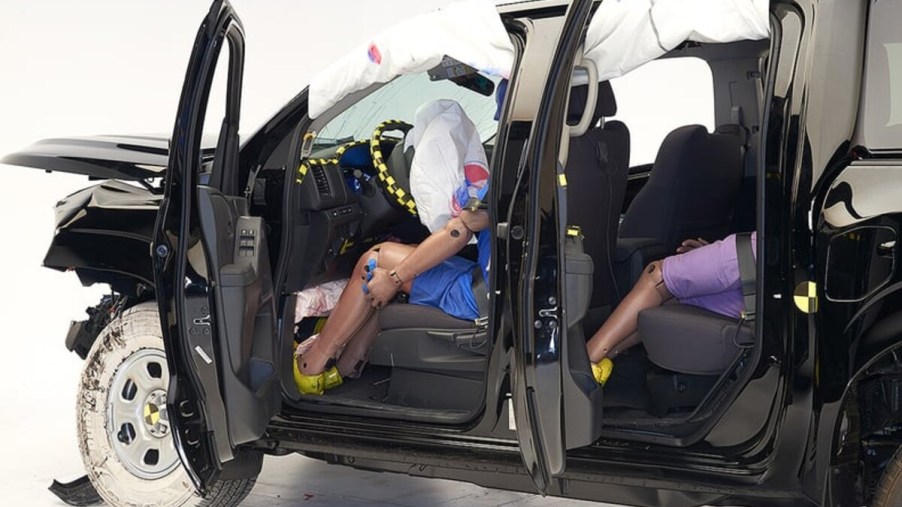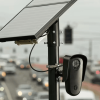
Are New Cars Intentionally Made Worse to Make Them Safer?
New cars are packed with the latest in safety technology, to the point where some vehicles can operate independently on the highway. It might seem counterintuitive, but these cars are also built with weaker parts in order to protect the passengers inside. Is this practice actually effective, or is it simply a ploy by automakers to make more profits with less expenditure?
Do weaker parts equal safer cars?
A recent NY Times article examines how new cars are made with flimsier components compared to vehicles from decades past. This is to ensure that, during a collision, the vehicle will crumple as it absorbs the impact. With the car itself taking the majority of the impact’s force, the passengers inside are more likely to survive without injury.
The sensors of many advanced driver assistance systems, from blind-spot monitors to forward collision warning, are often located in either the front or rear bumper. Due to this, sustaining even minimal damage to these components can damage the sensors beyond repair. What starts out as a bumper replacement for a few hundred dollars can easily run your bill into the thousands.
An expert in auto insurance claims data, Ryan Mandell, says that this situation will only make things “more challenging” for insurance companies. The article highlights one story where an insurance company quoted a driver $1,600 to replace his Rivian R1T’s rear bumper. Because the Rivian comes fully loaded with so many ADAS components, it’s likely that at least a few of them were damaged. Additionally, the accident damaged a back quarter panel along with the bumper.
That particular piece stretched along the tailgate to the front roof pillars. In order to fix it, mechanics also had to remove the front windshield and the car’s headliner. Due to all of these factors, that driver was actually charged $42,000 for the repair after the truck was examined by a Rivian dealer.
New cars are seemingly easier to total
After a certain amount of money paid on car repairs, your insurance company will deem the vehicle a total loss. As we can see from that Rivian truck driver’s story, this threshold is only getting easier to meet. If you drive an EV, you’re at risk of paying an estimated $800-$2,400 more for any given repair.
To be fair, this is because many of the popular EVs are purchased from luxury automakers. Case in point, 75% of auto insurance claims for EVs involve Tesla vehicles. Tesla cars also have incredible horsepower estimates, which encourages reckless driving for some individuals.
In addition to all of their ADAS features, EVs have batteries that are left vulnerable in collisions and are expensive to replace. As a Reuters story details, some dealers won’t even attempt to fix the damaged batteries at all. This is because the packs are often integrated into the car’s structure, resulting in even more extensive repair work.
However, despite their high repair costs, it appears that EVs are built better compared to other modern cars. According to NYT, a mere 6% of EVs can’t be repaired after an accident.
Are automakers doing anything to set drivers at ease?
Companies like GM and Ford now authorize their dealers to replace individual EV battery components, including packs and trays. However, it’s unlikely that these cars will be completely modified with stronger body components in the future. This means both drivers and insurance companies will still be on the hook for exorbitant repair charges.
Even so, those are nothing compared to the cost of human lives, which are ultimately what auto engineers seek to preserve. Moreover, with the average age of vehicles on the road increasing, new cars clearly last much longer compared to their older counterparts.


